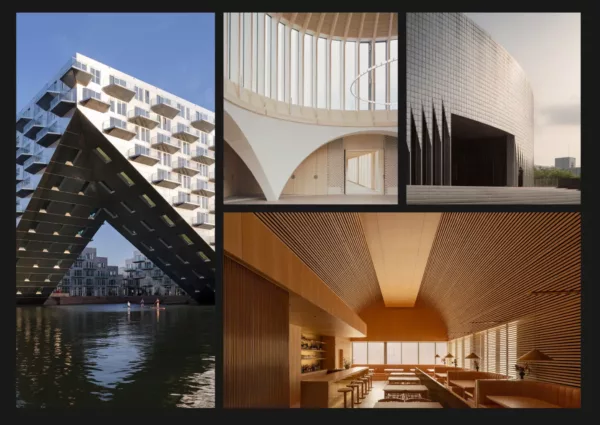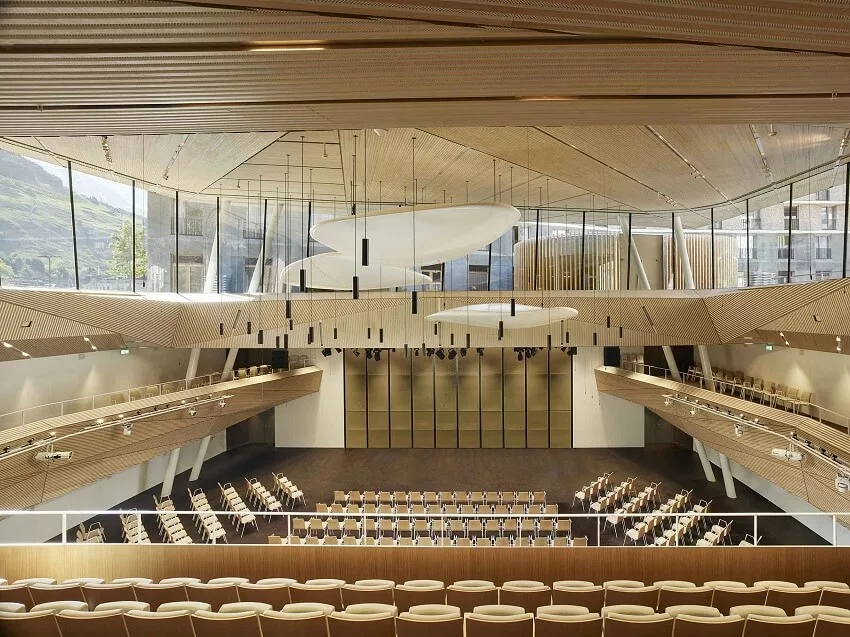
The Top 7 Cultural Buildings You Must See
February 9, 2024In the world of architecture, where design merges with culture, certain buildings stand out as exemplars, embodying the core of cultural significance and architectural innovation. These structures are not just physical constructs; they are narratives of history, art, and community spirit. Here, we explore seven such buildings that have set benchmarks in the domain of cultural architecture.
What is Considered as a Cultural Building?
Cultural buildings are structures designed for the purpose of preserving, exhibiting, or performing arts and cultural activities. These buildings are often architectural landmarks themselves, representing historical, artistic, or societal values of the region they are situated in. They range from museums and galleries to concert halls and community centers, each telling a unique story through its design and function.
Why is Cultural Architecture Important?
Cultural architecture is important because it not only preserves heritage and history but also shapes contemporary society. These buildings serve as hubs for cultural expression, education, and community engagement, nurturing a sense of identity and continuity. They are not mere structures but symbols of human achievement and creativity.
7 Awarded Cultural Buildings You Must See

1. Chengdu Tianfu Art Gallery, Chengdu, China
Company: CSWADI
Lead Architect: Liu Yi
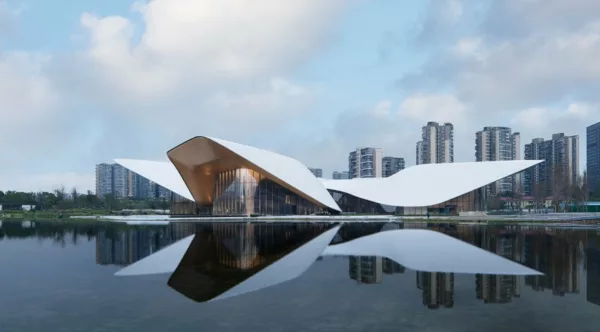
The Chengdu Tianfu Art Gallery, created by CSWADI, stands out as a prime example of modern cultural buildings evolving into new landmarks. Its sculptural curve is not just a visual victory; it showcases a smart blend of space, environment, and artistic purpose.
This gallery isn’t just a place to display art; it’s a work of art in its own right, demonstrating the perfect balance between space and art.
2. National Pavilion of Biodiversity, Mexico City, Mexico
Company: Fernanda Ahumada + FR-EE
Lead Architect: Fernanda Ahumada, Fernando Romero
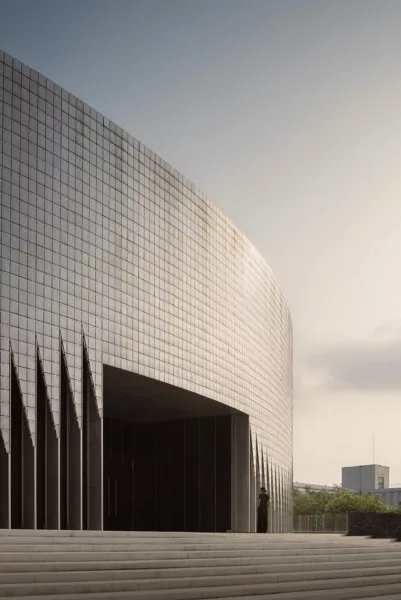
A brilliant example of architectural creativity, the National Pavilion of Biodiversity, designed by Fernanda Ahumada and FR-EE, showcases the connected nature of all living things. Its design, taking inspiration from the Tree of Life, provides wide views that merge the indoor space with the outside natural environment, highlighting the significance of preserving biodiversity.
3. New Temple Complex, London, United Kingdom
Company: James Gorst Architects
Lead Architect: Steven Wilkinson
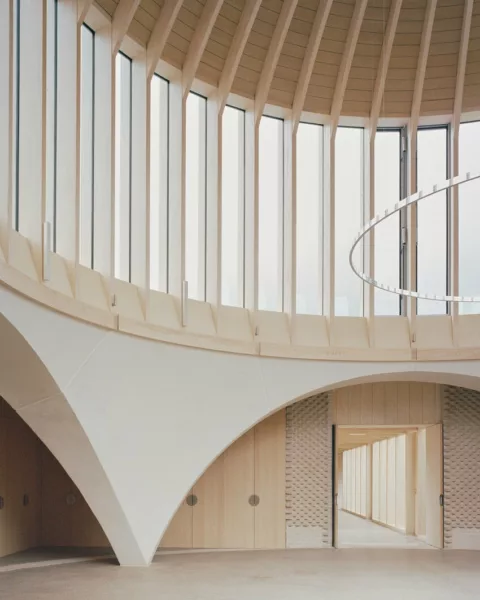
The New Temple Complex, designed by James Gorst Architects, is a peaceful mix of religious and non-religious elements. Its design, which is mindful of the environment and blends the building with its natural setting, signals a new wave of cultural buildings that are practical and spiritually uplifting. This complex is a tranquil space, encouraging thoughtful reflection and community togetherness.
4. Andermatt Concert Hall, Andermatt, Switzerland
Company: Studio Seilern Architects
Lead Architect: Christina Seilern
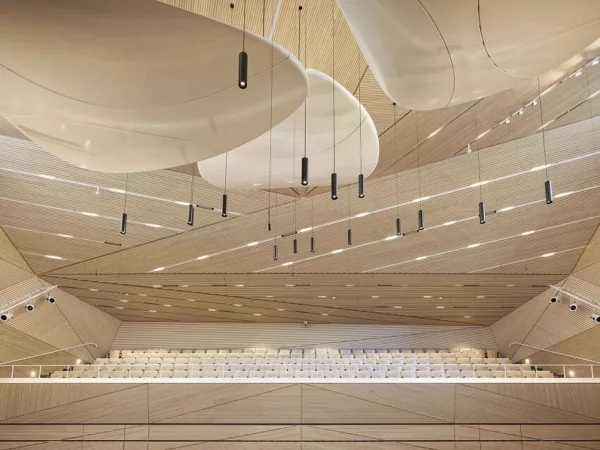
Studio Seilern Architects’ Andermatt Concert Hall is a cultural jewel nestled in the Swiss Alps. The hall’s design, characterized by its raised roof and glass façade, invites the external landscape in, creating an immersive experience for the audience. This building is a perfect fusion of visual art and musical excellence, making it a must-visit destination for cultural enthusiasts.
5. Robert Olnick Pavilion, Cold Spring, New York
Company: MQ Architecture
Lead Architect: Alberto Campo Baeza & Miguel Quismondo
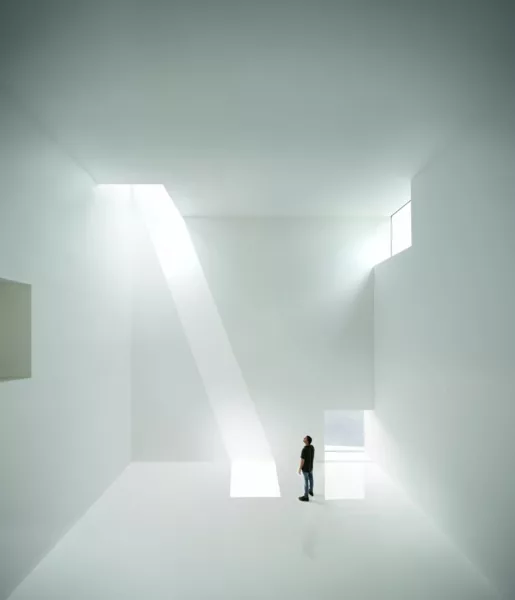
The Robert Olnick Pavilion, a creation of MQ Architecture, stands out for its minimalist design and focus on showcasing art in its purest form. Its use of light and space makes it an architectural wonder, offering a unique experience to its visitors. This building is a modern ode to the timeless beauty of art and architecture.
6. Joybo Farm, Chongqing, China
Company: WE LIVE ARCHITECTS
Lead Architect: WeitaoLi, BoLi
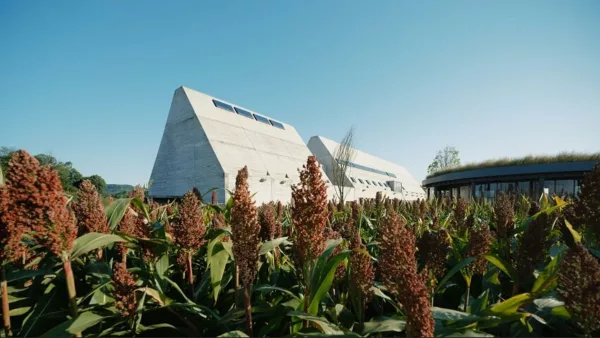
Joybo Farm, envisioned by WE LIVE ARCHITECTS, represents a new era of rural revitalization through architectural innovation. This project connects the past and future, creating a space where urban and rural narratives intertwine. It’s a living example of how cultural buildings can foster community development and cultural preservation.
7. Taoyiqiu Memorial, Kunshan, Jiangsu, China
Company: Atelier Deshaus
Lead Architect: Chen Yifeng, Ma Danhong
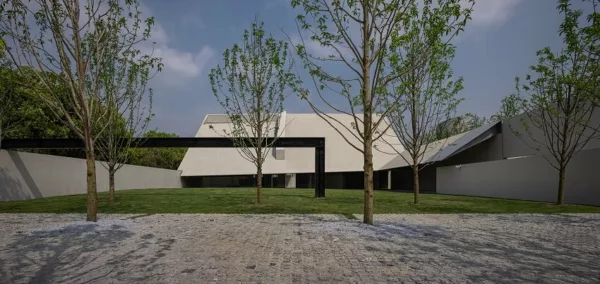
The Taoyiqiu Memorial by Atelier Deshaus is more than just a building; it is a tribute to history and heroism. Its design promotes reflection and contemplation, allowing visitors to engage with the legacy of Tao Yiqiu in a space that transcends the ordinary. It is a profound expression of cultural memory and architectural grace.
The Impact of Cultural Buildings in Shaping Our World
Cultural buildings are more than just physical spaces; they are the heart and soul of communities, preserving and promoting our collective heritage. The role of architects in creating and appreciating these architectural wonders is invaluable. Their contributions can help building a better world.

